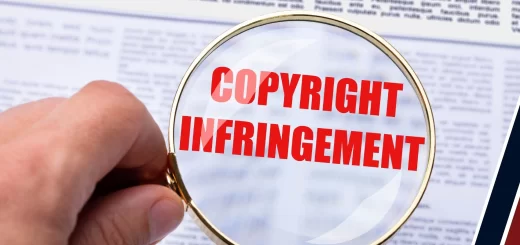Key Patent Exceptions to Consider in Patent Infringement Analysis
In an innovation-driven world, patents play a pivotal role in safeguarding intellectual property and fostering technological advancement. Yet, these exclusive rights can sometimes impede access to essential technologies or stifle competition. To mitigate these concerns, legal frameworks across the globe have created patent exceptions—provisions that strike a balance between protecting innovation and ensuring societal benefit. Understanding these exceptions is essential for navigating intellectual property laws, especially when conducting patent infringement analysis. This analysis serves as a vital tool to determine whether certain activities infringe on patent rights or qualify under legal exceptions.
In this article, we will explore the importance of patent exceptions, their impact on innovation, and how effective patent infringement analysis can guide the application of these exceptions.
Table of Contents
Why Patent Exceptions Are Indispensable
While patents incentivize innovation by granting exclusivity, unchecked monopolies can hinder accessibility and societal progress. Patent exceptions are essential safeguards that ensure innovations benefit the public while respecting the rights of inventors. These exceptions are particularly relevant in sectors like healthcare, education, and biotechnology, where access to technology is vital.
By combining the right use of patent exceptions with a thorough patent infringement analysis, innovators, researchers, and policymakers can foster equitable practices without compromising technological progress.
Exploring Key Exceptions and Their Relevance
Let’s explore how different types of patent exceptions influence patent infringement analysis and why they are vital in today’s innovation-driven world.
Research and Experimental Use
The experimental use exception allows the use of patented inventions for academic or non-commercial research. This provision ensures that innovation and knowledge-sharing are not hindered by legal constraints.
Through patent infringement analysis, researchers can verify that their work qualifies under this exception, safeguarding their activities while advancing scientific progress.
Prior-Use and Generic Drug Development
The pharmaceutical industry benefits from the Bolar Exception, which permits generic drug manufacturers to develop alternatives during a patent’s term. This ensures that affordable medicines are ready for release as soon as the patent expires.
By conducting a robust patent infringement analysis, manufacturers can navigate these provisions without infringing on active patents, maintaining compliance while promoting healthcare accessibility.
The Doctrine of Exhaustion
Once a patented product is sold, the patent holder’s control over its use diminishes—a principle known as the Doctrine of Exhaustion. This allows consumers to use, resell, or modify the product without infringing patent rights.
Businesses in resale or repair markets rely on patent infringement analysis to understand the boundaries of post-sale rights, preventing legal disputes and fostering fair trade practices.
International Travel and Foreign Vessel Exceptions
Under international agreements like the Paris Convention, patent rights do not extend to temporary uses of patented technologies on foreign vessels, aircraft, or vehicles entering another jurisdiction.
This exception facilitates global trade and travel. Patent infringement analysis ensures compliance with the conditions governing such uses, avoiding conflicts across borders.
The Impact of TRIPS on Patent Exceptions
The Agreement on Trade-Related Aspects of Intellectual Property Rights (TRIPS) provides a global standard for exceptions to patent rights. Moreover, it allows countries to adopt tailored exceptions that align with their socio-economic needs without conflicting with normal patent exploitation.
Consequently, for businesses operating across borders, patent infringement analysis becomes indispensable in understanding how these exceptions vary and ensuring compliance with TRIPS provisions.
Balancing Public Welfare with Patent Rights
Compulsory licensing is a key mechanism for addressing the misuse of patent rights. Governments can grant third parties the right to use a patented invention when it is not accessible or affordable to the public.
In such cases, patent infringement analysis ensures that these licenses are granted fairly, balancing the rights of patent holders with the needs of society.
Conclusion: A Balanced Approach to Innovation
Patent exceptions are not loopholes; rather, they are carefully crafted provisions that balance innovation incentives with public access. In this delicate balance, patent infringement analysis acts as a guide, ensuring that stakeholders navigate the complexities of patent law effectively.
Furthermore, by understanding and applying these exceptions, businesses can innovate responsibly, researchers can push boundaries, and policymakers can ensure societal welfare. Want to explore how patent exceptions can benefit your IP strategy? Visit our services page to learn how we can assist you with patent infringement tailored to your needs.
– The Editorial Team
Having Queries? Contact Us Now!
"*" indicates required fields


